 Vital Statistics on Congress is a regular publication of the Brookings Institution. Since its first publication in 1980, it has become a go-to reference guide for those interested in congressional affairs. This blog is the fourth in a series that will highlight interesting data trends in each chapter of the most recent update, released January 2017.
Vital Statistics on Congress is a regular publication of the Brookings Institution. Since its first publication in 1980, it has become a go-to reference guide for those interested in congressional affairs. This blog is the fourth in a series that will highlight interesting data trends in each chapter of the most recent update, released January 2017.
Organized labor is struggling. According to the Bureau of Labor Statistics, union membership has been steadily declining over the past 3 decades, with a loss of 2.9 million employed union members since 1983. That loss translates to a decrease in the ratio of unionized to non-union workers from 20.1 percent in 1983 to 11.1 percent in 2015. Ronald Reagan’s 1981 decision to end the Professional Air Traffic Controllers Organization strike by firing striking workers, coupled with the rising tide of anti-union sentiment throughout the 1960s and 70s, marked the end of organized labor as it had existed since the New Deal. Organized pro-business efforts have added momentum to unions’ decline, as have a mixed bag of Supreme Court decisions that left unions’ ability to demand payments from the workers they represent on shaky ground.
The most recent update of Vital Statistics on Congress highlights a parallel trend. From 1980 to 2012, the gap between the amounts contributed to congressional campaigns by political action committees (PACs) supporting corporate issues and PACs focused on labor issues has widened substantially, as shown in Vital Statistics Table 3-10. In 1978, congressional campaign contributions made by labor PACs actually surpassed corporate contributions slightly at a difference of $35.9 to $34.5 million (in 2014 inflation-adjusted dollars). But that relationship flipped in 1980, when corporate giving increased by $20.7 million to $55.2 million total while labor giving only increased $2 million. That difference only grew as time went on, resulting in a discrepancy of $178.1 million in corporate PAC giving compared to just $50.7 million labor PAC contributions to congressional campaigns in 2014.
Yet labor PACs are punching above their weight compared to corporate ones. Over the course of the past several decades, the number of labor PACs in the United States has hovered around 150 – 250, while corporate PACs number around 1,500 most years. That means that labor PACs’ average yearly contribution to congressional campaigns per-PAC is at least double, and in some years quadruple, the corporate per-PAC average. For example, the $127.4 million dollar discrepancy between corporate and labor giving in 2014 was the result of 1,477 corporate PACs giving an average donation of roughly $121,000 each, whereas the 182 labor PACs in that year gave an average donation of $279,000 each.
Labor PACs are also much more targeted in whom they support. As demonstrated in the chart below, the gap between labor contributions to Democrats and Republicans has been consistently large for the past 10 years, with almost no labor support going to Republicans. Corporate giving during those years leaned toward Republican candidates, but was much more evenly distributed overall. Full data going back to 1978 as can be seen in Vital Statistics Table 3-11.
Ultimately, though, PAC donations are important only to the extent that they help accomplish their goals – namely, political action in favor of policies they support. Media coverage of PAC activities seems to assume that PACs are able to influence political outcomes, but research into their effectiveness calls that assumption into question. Studies of corporate and labor-focused PAC activity indicate a much smaller role for PAC contributions in shaping congressional policy agendas when compared to other types of campaign contributions, and they seem to make a negligible difference compared to changing party control.
Other studies have attempted to quantify congressional influence in different ways. It is possible that interest groups make donations as a way to buy access to members of Congress, even if they cannot use that access to convince members to vote their way. There is some evidence that money can influence how much access a group receives, but the amount of money coming from PAC giving in any given election year is typically relatively small compared to other campaign contribution sources. A 2012 study that focuses specifically on PAC contributions theorizes that, rather than buying influence or access, PAC contributions send a signal to members that the PAC agrees with that member’s already-held policy positions. That signal, by causing members to view certain interest groups favorably, possibly increases the chances that they will be granted access in the future, or may reinforce those preferred beliefs, making existing advocates in Congress even more focused on issues important to interest groups that have supported them.
Recent attitude change suggests that labor groups have good reason to keep trying to drum up congressional support. Despite declining union membership, the number of Americans who view labor unions favorably has risen from 48 percent in March 2015 to 60 percent in January 2017. The favorability of corporations has also risen, albeit slightly less, from the same level of favorability in March 2015 (48 percent) to 56 percent in January 2017. As Vanessa Williamson points out, though, unions have struggled to leverage this popular support to create political change in their favor. While conventional wisdom might suggest closing the gap between labor and corporate PAC spending as a way to improve labor interests’ chances of getting favorable treatment in Congress, it may be the case that their limited resources would be better used elsewhere.
The Brookings Institution is committed to quality, independence, and impact.
We are supported by a diverse array of funders. In line with our values and policies, each Brookings publication represents the sole views of its author(s).


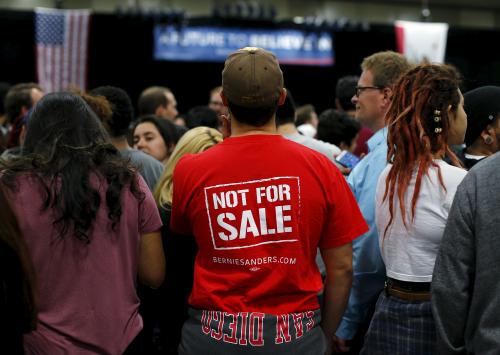
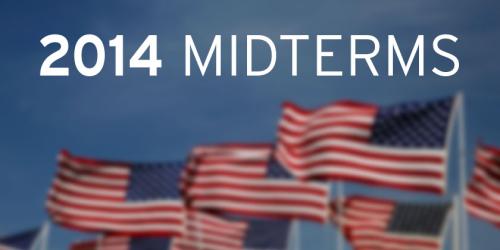
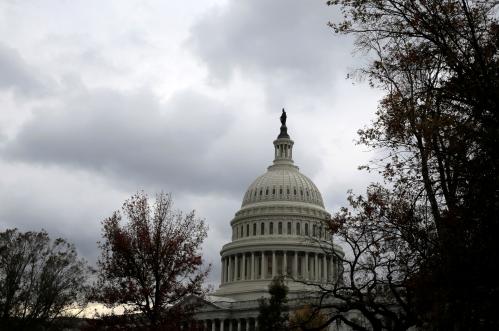
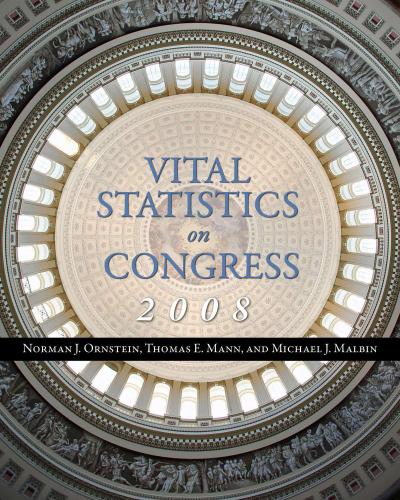
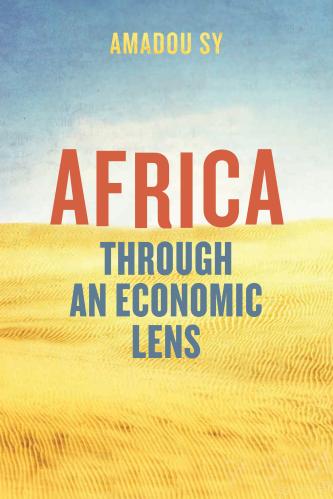
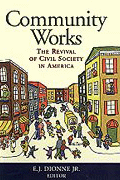



Commentary
Vital Stats: The widening gap between corporate and labor PAC spending
March 31, 2017